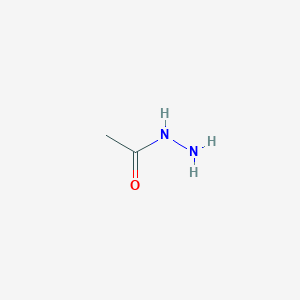Entering chicken egg production = total egg production/number of chickens in stock before the start of production. At present, regardless of whether it is a foreign layer breed or a domestic breed, the performance standard that is promoted in the country is 72 weeks of growth. The egg production of the house is generally about 19.27kg. However, the average egg production of rural farmers in China is estimated to be 15 to 16 kg each, which is 3 to 4 kg worse than the standard, and one chicken earns about 21 yuan less.
In order to achieve a high egg production rate for chickens entering the house, the peak egg production rate is high, reaching the standard of 95% to 96%; the peak period is longer, and more than 93% must be maintained for about 5 months; after the peak period, the egg production rate declines slowly. The standard egg production rate is maintained at 2% for each percentage point. Feeding conditions, nutrient levels, and feeding and management are good. Each percentage point can be maintained for 4 to 6 weeks after the peak, and the egg production rate is still above 80% at 72 weeks. More than 8 percentage points higher: the eggs are important throughout the process, with an average egg content of more than 63 grams; the overall rate of death is low, not more than 6%.
Melting point 58-68 °C(lit.)
Boiling point 129 °C18 mm Hg(lit.)
density 1.0968 (rough estimate)
refractive index 1.4264 (estimate)
Fp >230 °F
storage temp. Flammables area
color White
Water Solubility soluble
Sensitive Hygroscopic
In order to achieve a high egg production rate for chickens entering the house, the peak egg production rate is high, reaching the standard of 95% to 96%; the peak period is longer, and more than 93% must be maintained for about 5 months; after the peak period, the egg production rate declines slowly. The standard egg production rate is maintained at 2% for each percentage point. Feeding conditions, nutrient levels, and feeding and management are good. Each percentage point can be maintained for 4 to 6 weeks after the peak, and the egg production rate is still above 80% at 72 weeks. More than 8 percentage points higher: the eggs are important throughout the process, with an average egg content of more than 63 grams; the overall rate of death is low, not more than 6%.
Acethydrazide CAS No. 1068-57-1
Acethydrazide Basic Information
Product Name: Acethydrazide
CAS: 1068-57-1
MF: C2H6N2O
MW: 74.08
EINECS: 213-948-7
Mol File: 1068-57-1.mol
Acethydrazide Structure

Melting point 58-68 °C(lit.)
Boiling point 129 °C18 mm Hg(lit.)
density 1.0968 (rough estimate)
refractive index 1.4264 (estimate)
Fp >230 °F
storage temp. Flammables area
color White
Water Solubility soluble
Sensitive Hygroscopic
Acethydrazide,Acetohydrazide,Acetic acid hydrazide,Acetic hydrazide,Monoacetylhydrazine
ShanDong YingLang Chemical Co.,LTD , https://www.sdylhgtrade.com